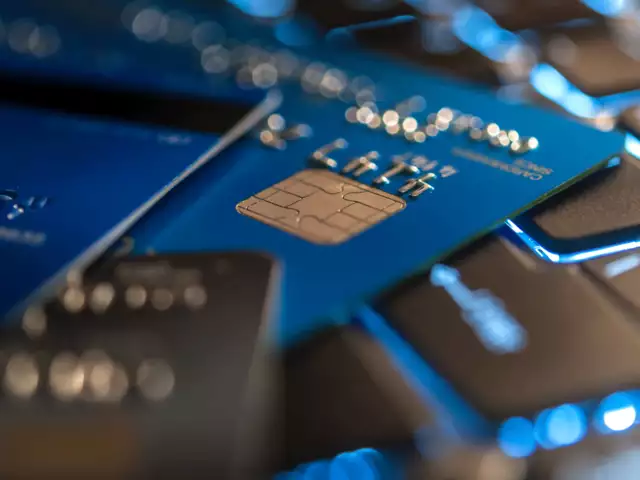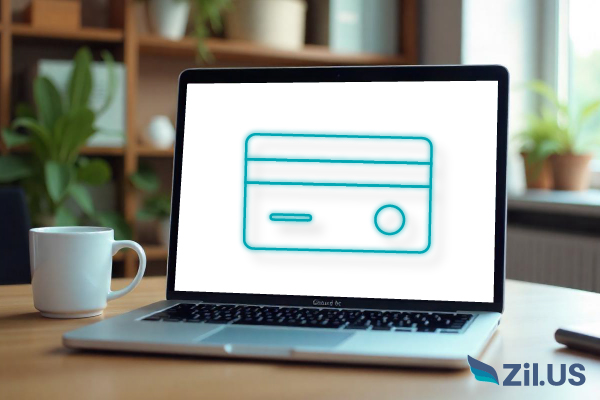Does the thought of accidentally compromising your credit card’s security steal your sleep at night? Don’t worry. It’s common to feel concerned about jeopardizing your financial security.
The first online transaction using a credit card happened around thirty years ago. Since then, credit cards have become a popular online mode of payment which offers’ users a versatile payment experience. However, it turns out that people are much less aware of the crows prying on their shiny cards and their tactics.
We’ve compiled a list of common credit card frauds which, as a credit card holder, you must know of. We’ve also mentioned how a mobile or digital banking app can save or inform you of such malicious activities.
Card Skimming:
It’s a common type of credit card fraud that is often difficult to detect. Scammers install a small device in ATMs or POS terminals that captures the data stored in a card’s magnetic stripe. This information is then remotely sent to the scammer. Scammers can retrieve information like card numbers, expiration dates, and more to make fraudulent transactions. Card skimming is more likely to occur at remote ATMs, where security may not be continuously monitored.
Mobile banking apps can save or warn you against card skimming by giving you alerts on when your card was used. Ensure that you have turned push notifications on. Such notifications can provide you with essential data, such as the location and time when the card was used. It makes it easier to detect if any transaction has occurred without your initiation.
Lost/stolen card:
The name of this fraud speaks for itself. When some authorized entity gets access to your card through theft or any other means, they can use it to make unauthorized purchases. Sometimes, a victim may not realize their card has been stolen or lost until they receive unsolicited credit card bills.
A mobile banking app can’t prevent a card from being physically stolen, but it can surely prevent the scammer from making future transactions using the stolen card. A mobile banking or credit card app will likely have a feature that would let a person block a card that has been stolen or lost.
Card-not-present:
The name sounds similar to lost/stolen cards, but it’s quite different. In a card-not-present fraud, a scammer doesn’t need access to your physical card. Instead, they can access sensitive information or credentials associated with your card. A scammer can use this information to make online purchases using your card details. With online transactions becoming increasingly common, instances of such fraud are increasing too.
Mobile banking apps have developed an innovative method of safeguarding users from this type of fraud by enabling two-factor authentication features where users must set up an additional pin, pattern, or passcode to access the mobile banking app. With this active feature, a person can share their phone with someone else without risking their data. However, this is only true if the scammer tries to acquire sensitive information through your phone. If the scammer gets hold of your card details from any other means, they can still implement this fraud, making it difficult to prevent in the first place.
Credit card frauds can occur with any credit card, even with cards issued by a small finance bank. The above list is specific to frauds that can occur when a customer already has a credit card. However, it’s worth mentioning that fraud can occur to a person who doesn’t necessarily own a credit card. If the scammer has sensitive information about a person, they may indulge in identity theft and acquire a credit card in somebody else’s name.












